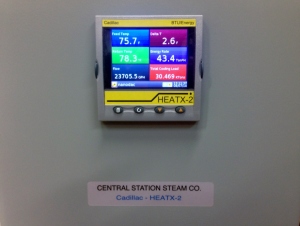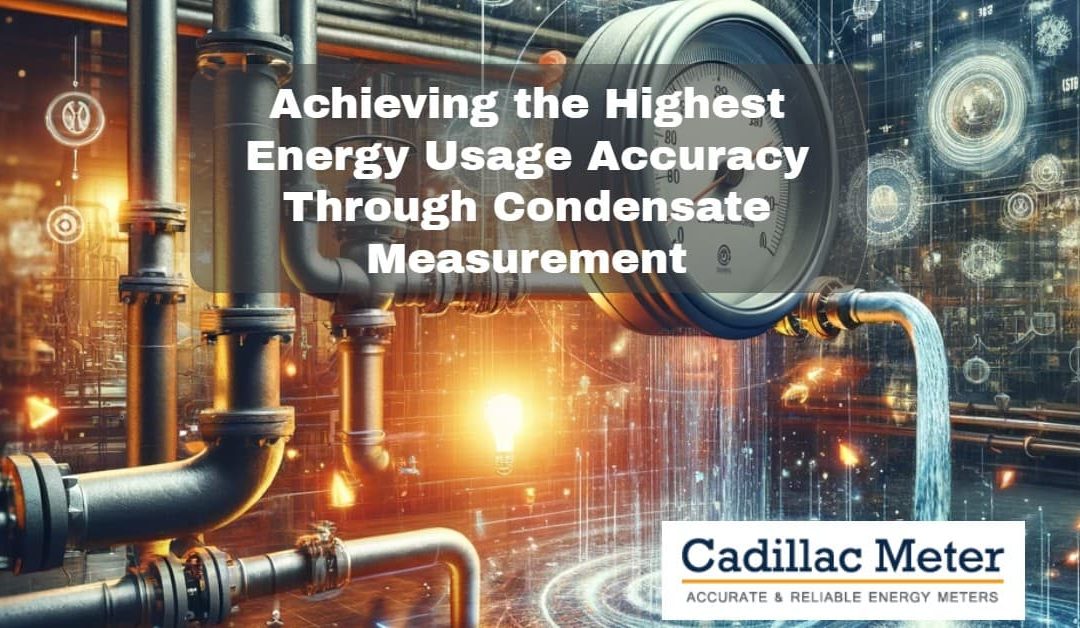Typical steam distribution systems rely on steam flow measurements as a way to measure and bill energy usage at a given point-of-use (building or structure, Heat exchanger, fan coil unit, etc.). Does measuring and billing this way make a major assumption that may not be true? Is all the energy provided in the steam being consumed at the point-of-useheatx-2 energy meter? The answer is quantitatively NO! In explanation, the general practice in older steam systems was once the steam gave up its latent heat (number of BTU’s to convert one Lb of steam to 1 Lb of condensate), it condensed and as condensate went to drain. Was there still energy contained in the Condensate? Absolutely, but was that energy (Sensible Heat) in a usable form? No! And since it was not recaptured it was billed as part of the Total Heat (Latent Heat + Sensible Heat).

In most of today’s steam distribution systems, the approach on how condensate is handled has changed. In fewer and fewer installations, condensate is no longer being dumped into the drain or sewer, but instead, returned to the source or boiler plant. This is done through a combination of both gravity and pumped condensate systems. This provides many benefits to the energy producer. 1) This allows reclamation of a portion of the Sensible Heat, requiring less energy to convert it back to steam. 2) This lowers the chemical/energy usage in cleaning up the water before reintroduction as boiler feed water. Note: Potable water, depending on where it is being sourced can contain very high mineral contamination which must be removed via chemical polishing or via RO in order to be used as feed water. Condensate usually has significantly lower mineral contamination levels making it less expensive to clean. 3) This will reduce potable water cost by using reclaimed condensate in lieu of new potable water.
Exactly how much Sensible Heat is left in the condensate once the steam condenses? If this is a very small percentage is it really worth accounting for? Probably not! But, if it was 5% or more would that be worthwhile? Maybe. Well, the truth is that at just 1 psig saturated steam, the Sensible Heat or remaining energy is 18% of the total supplied! The remaining percentage actually depends on the steam pressure being supplied to the point-of-use. For example, if you consider most lower pressure steam systems are at or above 5 psig saturated steam, this Sensible Heat value starts at 20% of the Total Heat or the energy billed. This 20% remains unused and still in the condensate. From 20% it continues upward, for example at 60 psig saturated steam, 30% of the energy (Total Heat) still remains in the condensate. I think everyone would agree this energy amount is significant and dictates consideration when calculating energy billing or usage as a commodity.
Now that it is established, that the unused energy is significant, how do we accurately measure and account for this remaining energy? Stay tuned for our next article on how this unused energy can be accurately measured and quantified, using our HEATX2 system along with our CMAG Condensate meter!



